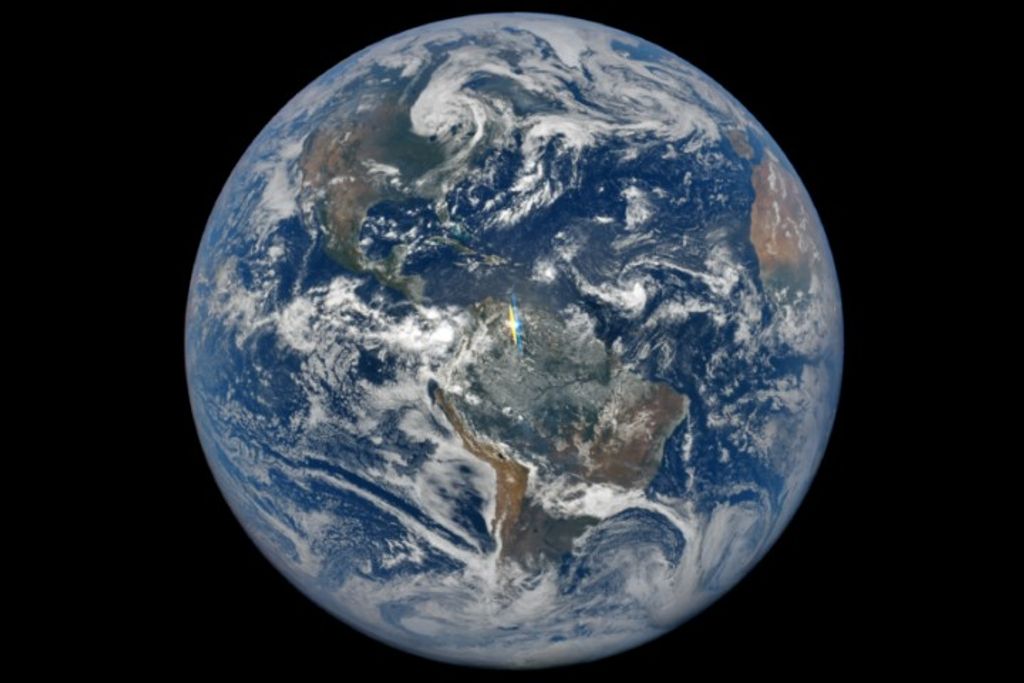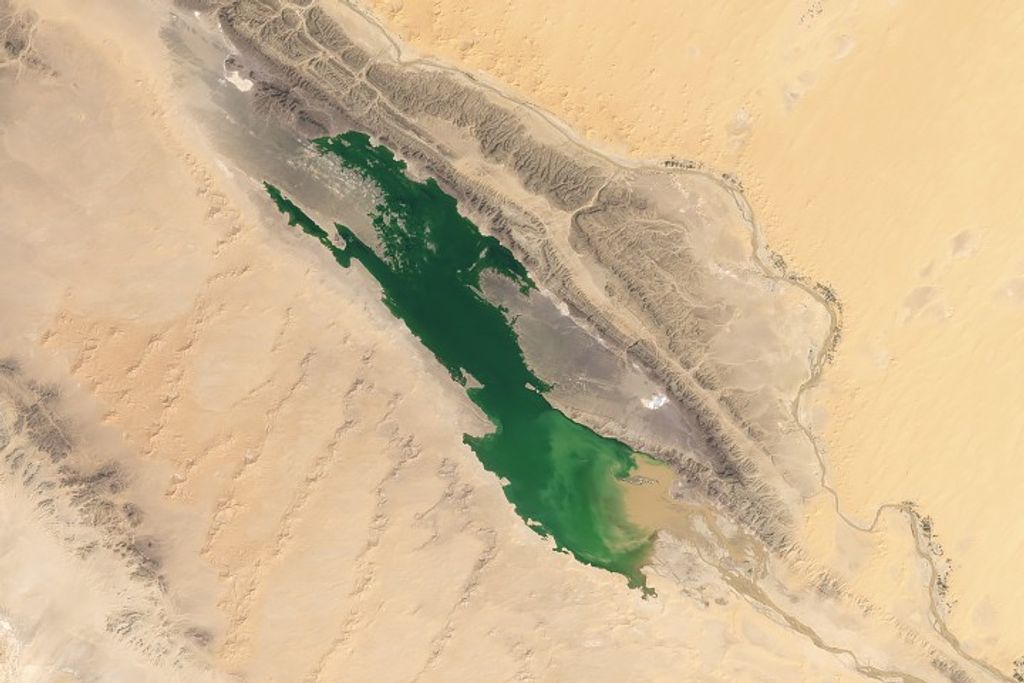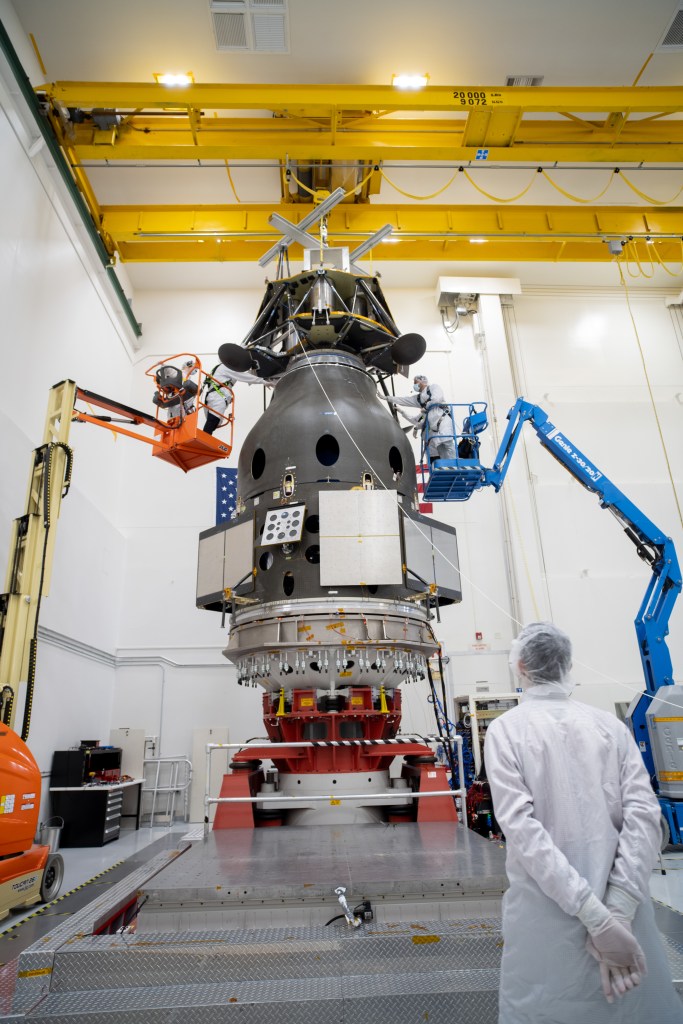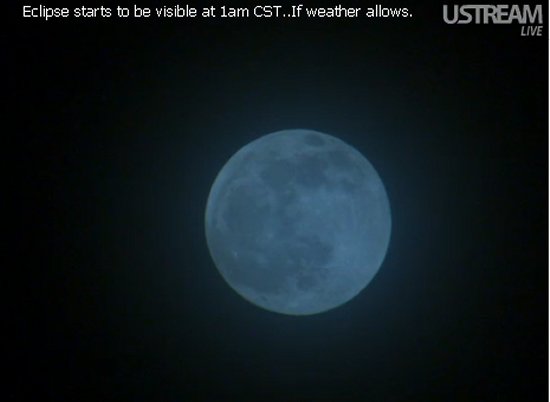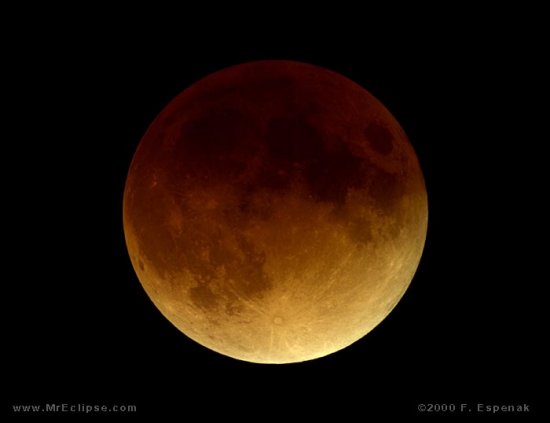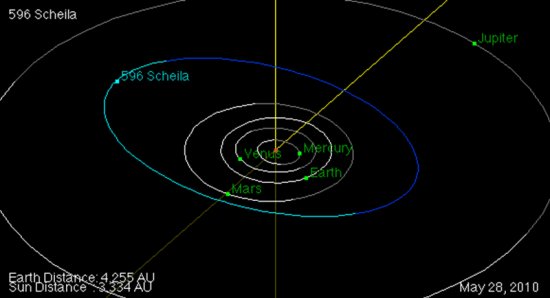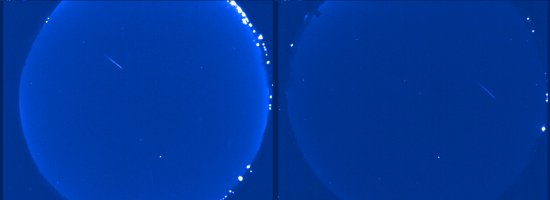The 2010 solstice lunar eclipse is one for the books, but check out these images from two cameras in the Canadian all-sky meteor camera network.These cameras are similar to the ones used for observation at NASA’s Marshall Space Flight Center: all-sky, black-and-white, and detecting bright meteors, or fireballs. Below are two stacked images of the eclipse:Stacked …
Lunar Eclipse, Sprinkled With Fireballs









